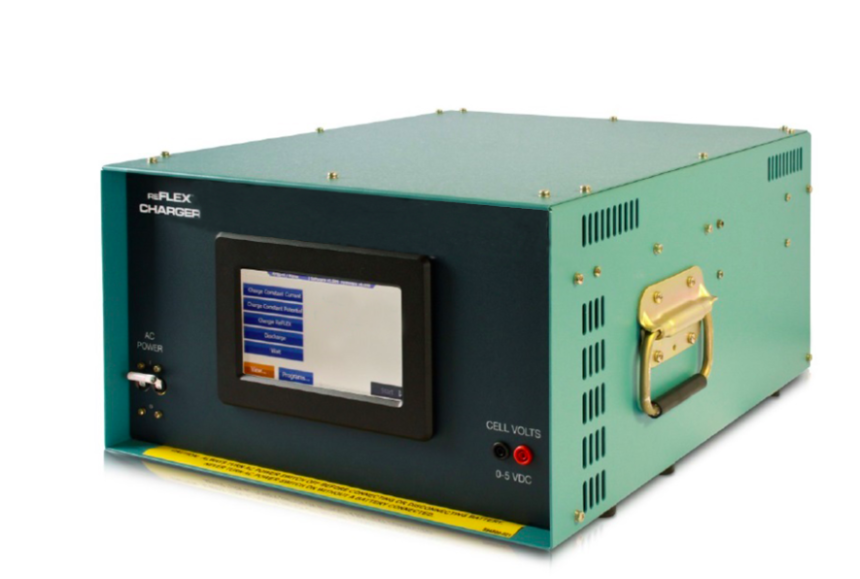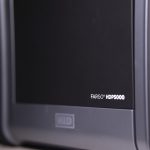Aircraft batteries are a critical component of any aircraft, providing vital power for the aircraft’s systems and avionics. To ensure that the battery is always fully charged and ready to go, an aircraft battery charger is necessary. This guide will provide an overview of aircraft battery chargers and their components, so that you can make an informed decision when selecting a charger for your aircraft.
What Is An Aircraft Battery Charger?
An aircraft battery charger is a device specifically designed for charging the batteries that power aircraft. Aircraft batteries have higher energy density requirements than car batteries, so a standard car battery charger will not be able to safely and efficiently charge an aircraft battery. Aircraft battery chargers are designed to provide the correct voltage and current to charge the battery quickly and efficiently without causing damage.
How Does An Aircraft Battery Charger Work?
Aircraft battery chargers work by providing the correct voltage and current to the battery. The charger monitors the battery’s current and voltage levels and adjusts the charging rate accordingly. The charger can also detect when the battery is fully charged and will shut off automatically to prevent damage to the battery.
Benefits Of Using An Aircraft Battery Charger
First, aircraft battery chargers are designed to provide intense and rapid charging, far beyond the capabilities of a regular car charger. This means that you can get your plane’s battery powered up much faster than you could with a regular charger. Aircraft battery chargers also have the ability to charge multiple batteries at once, which can be a great time-saver if you have multiple aircraft that need to be topped up.
Second, aircraft battery chargers are often designed to be much more durable than regular car chargers. Aircraft often go through a lot of stress and strain, and the battery charger needs to be able to handle this. Aircraft battery chargers are designed to withstand tough conditions and keep the plane’s battery fully charged no matter what.
Finally, aircraft battery chargers are also much safer than regular car chargers. Aircrafts have much more sensitive and precise electronics than regular cars, and the charger needs to be able to provide a consistent and safe charge. Aircraft battery chargers are designed to ensure that the charge is not too strong or too weak and that it is distributed evenly throughout the battery. This helps to reduce the risk of overcharging or damaging the battery, as well as reduce the risk of fire.
Types Of Aircraft Battery Chargers
Aviation battery chargers come in a variety of types and sizes, with the most common being lead-acid, nickel-cadmium, and lithium-ion.
Lead-acid battery chargers are the most common type, as they are reliable and cost-effective. These chargers use a constant current to charge the battery, which is then switched to a lower voltage when the battery is fully charged. Lead-acid chargers are also able to maintain the charge for extended periods of time, making them ideal for long-term storage.
Nickel-cadmium battery chargers are similar to lead-acid chargers, but they have the ability to charge the battery at a much faster rate. This makes them ideal for use in aircraft that require a high amount of current to power its systems. However, nickel-cadmium chargers produce a lot of heat during the charging process, so they should be used with caution.
Lithium-ion battery chargers are the newest type of aircraft battery charger and are becoming increasingly popular due to their lightweight design and efficient charging capabilities. Lithium-ion chargers are able to charge the battery quickly and maintain the charge for a long period of time. They are also able to detect when the battery is full and automatically switch to a lower voltage.
Components Of An Aircraft Battery Charger
An aircraft battery charger is comprised of several components, including a power supply, a transformer, a charger circuit, and a control circuit. The power supply is responsible for providing the necessary voltage to the charger circuit and the transformer is used to step down the voltage from the power supply to the appropriate level for the battery. The charger circuit is responsible for charging the battery, while the control circuit ensures that the battery is charged safely and efficiently.
Conclusion
Aircraft battery chargers are an essential part of aircraft maintenance. They are used to recharge aircraft batteries after they have been discharged, as well as to maintain the charge level in the battery while the aircraft is in use. There are several different types of aircraft battery chargers available, each with its own set of advantages and disadvantages. It is important to understand the differences between the types, so you can make an informed decision about which one is best for your aircraft. Additionally, it is important to consider the various features that each type of charger offers, such as temperature compensation, automatic disconnect, reverse polarity protection, and short-circuit protection. By understanding the different types of aircraft battery chargers and the features they offer, you can make an informed decision about which one is best for your aircraft.








